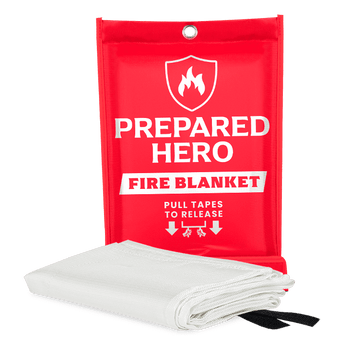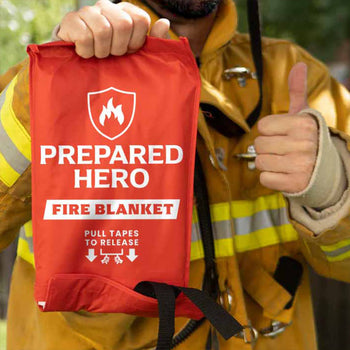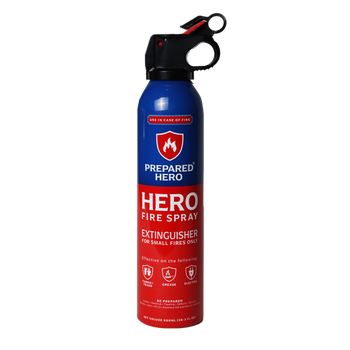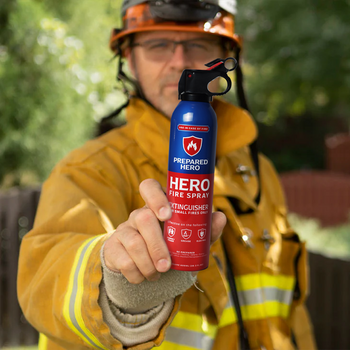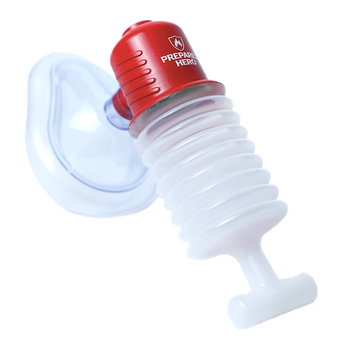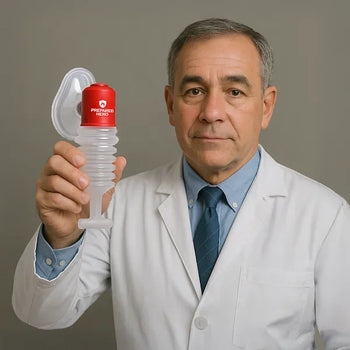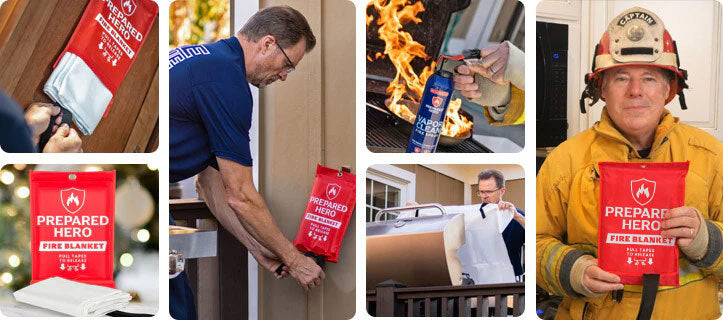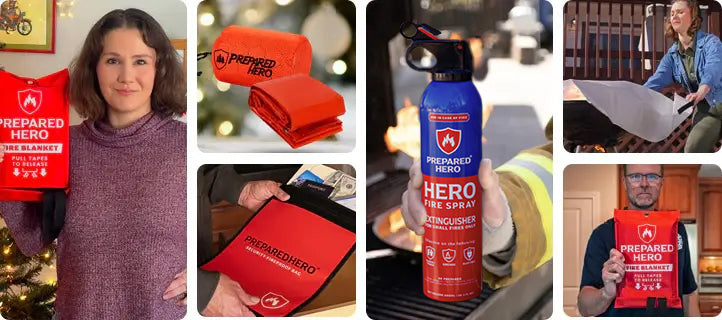Where you put your smoke detectors matters just as much as installing them. Proper placement makes sure they can detect...
When you're on the road, you probably pass dozens of signs without giving them much thought. But have you ever wondered why they’re different colors or what they mean? What are the colors of a sign which tells you the distance to the next exit of a highway?
Distance signs do more than just point the way: they tell you how far you’ve gone, what’s coming next, and when to prepare. From highway exits to detours and emergencies, these signs are color-coded to make your drive safer and easier to follow. In this guide, we’ll talk about the types of distance signs, what their colors mean, and how they help you stay on track.
Types of Distance Signs

Ever wondered what those signs on the side of the road mean? Here are the different types of distance signs:
1. Mile and Kilometer Markers
Mile and kilometer markers show how far you've traveled on a road. Mile markers are common in the US. They count the number of miles from a specific starting point, like the beginning of a highway. On the other hand, kilometer markers are used in countries with the metric system, such as Canada and most of Europe. They work the same way, just in kilometers instead of miles.
2. Destination Signs
As the term implies, destination signs tell you how far you are from a certain city or town. They usually have arrows pointing in the direction you need to go. Plus, they’re useful for road trips because they indicate the remaining distance to your destination.
3. Exit Distance Signs
Exit distance signs are usually found on highways and interstates. They let you know how far ahead the next exit or junction is. They also give you a heads-up so you can prepare to change lanes or slow down if needed.
4. Guide Signs
As the term implies, guide signs help you get from one place to another. They’re usually green, white, or blue. Common examples include destination signs, exit signs, rest area signs, and mile markers.
5. Warning Signs
As the name suggests, these signs warn people of upcoming road changes or hazards. They’re usually yellow with black text. Warning signs include those for curves, merging traffic, intersections, or where a divided highway starts. Plus, they show how far away the change is, so you can prepare.
Colors of Distance Signs

You probably glance at road signs without thinking much about their color. Here’s what each color means and how it helps you while driving:
1. Green Signs
Green signs are the most common distance sign color, especially in the US. You’ll usually see them on highways showing how far you are from a city, exit, or rest area. Signs like “Exit 10: 1 mile” or “San Diego: 80 miles” fall into this category. Green blends in enough to be considered part of the scenery, but stands out enough to be noticed by drivers..
2. Blue Signs
Blue signs give you info about nearby services like gas stations, rest areas, food stops, and hospitals. You’ll often see signs that say “Rest Area: 3 miles” or “Next Gas: 7 miles.”
They are helpful on long trips when you need a break. Blue signs point you to what you might need along the way. Plus, they stand out clearly and are easy to read without distracting you too much.
3. White Signs
White signs with black text are often used for mile markers and basic road info. You’ll see small signs like “Mile 25” or “Mile 60” that show how far you’ve traveled from a starting point. They help with tracking your location and are helpful for emergency services, too. White is also used for regulatory signs like speed limits and one-way signs. These aren’t about destinations but often involve rules over a certain distance.
4. Yellow Signs
Yellow signs warn you about upcoming road changes or hazards and sometimes include distance. For example, “Sharp Curve: 500 ft” or “Merging Traffic: 2 miles.” These signs tell you to slow down or stay alert. Yellow is used because it catches your eye quickly. It’s not about giving directions, it’s about helping you prepare for what’s ahead.
5. Red Signs
Red signs are used when something important or dangerous is ahead. They usually lead to road closures, blocked exits, or detours. You might see “Exit Closed: 2 miles” or “Road Closed: Detour 5 miles.”
6. Orange Signs
Orange signs show up in work zones and give temporary distance information. You’ll often see signs like “Construction Ahead: 2 miles” or “Detour in 400 ft.” These signs help keep traffic flowing during roadwork. Plus, orange stands out, and people can easily recognize it.
7. Brown Signs
Brown signs are used to guide people to cultural and recreational spots. They usually point to national parks, museums, or hiking trails. Signs like “Historic Site: 3 miles” or “Natural Park: 2 miles” help you find places to explore. However, brown signs are not used for safety. They’re more about enjoyment and tourism.
8. Yellow-Green Signs
Fluorescent yellow-green signs are used around school zones, crosswalks, playgrounds, and bike paths. They’re bright and hard to miss. These signs also warn you to slow down and watch for people. Some examples are “School Crossing: 300 ft” and “Playground: 2 miles.”
9. Pink Signs
Pink signs are rare but used for incidents like crashes or emergency scenes. They’ll say things like “Incident Ahead: 1 mile.” They help manage traffic during unexpected events and aren’t permanent.
Why Are Highway Exit Signs Green?

Highway exit signs are green because the color is linked to safety, direction, and movement. It’s a calming color that tells drivers it’s safe to proceed, which is perfect for guiding people off a highway. Green also stands out well in different lighting conditions, including low light or fog.
Plus, the human eye picks up green easily, which makes these signs more visible in emergencies. Many countries use green for exit signs because it meets international safety standards and reduces confusion. While red is still used in some places, green has become the go-to color for helping people find their way out safely.
What Color Signs Provide Information on Destinations Ahead and Distances to Be Traveled?
Green signs with white lettering are the ones that give you info about destinations ahead and how far you need to travel. You’ll usually see them on highways, showing city names, exit numbers, and mile markers. They help guide you toward where you’re going and keep your trip on track. They’re called guide signs and are designed to be easy to read while driving.
Green stands out in most environments and signals safe movement. While blue and brown signs show services or recreational spots, green is the main color used for directions and distance-related info on the road.
What Are the Different Color Detour Signs?

Detour signs come in different colors to help drivers easily follow the right route during road closures or emergencies. Each color usually points to a specific direction. Blue means the detour is heading north, red is for south, green is for east, and orange is for west. These signs help when highways are closed because of accidents, flooding, or construction.
The color coding keeps things clear, especially when multiple detours are in place. You’ll often see these signs near highway exits or interchanges, guiding you until you’re back on your original route or main road.
What Do Pink Signs Mean on the Road?
Pink road signs are used to warn drivers about unplanned incidents like crashes, hazardous spills, or emergency road closures. These signs aren't for construction; that’s what orange is for.
Pink signs mean something unexpected has happened, and you should be alert. You might see messages like “Incident Ahead,” “Be Prepared to Stop,” or “Road Closed.” They’re often placed near flares or emergency vehicles. The bright pink color grabs your attention quickly, so you can react in time. These signs are part of the system that helps keep drivers safe during sudden or dangerous situations on the road.
Conclusion
All those different sign colors on the road aren’t just for looks. They serve a real purpose. Whether it’s a green sign showing how far until your next exit or a pink one warning about an unexpected hazard, each color helps you stay safe and informed. Next time you’re driving, take a second to notice the colors. They’re doing more to guide you than you probably realized. Stay prepared, hero!


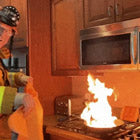 Fire
Fire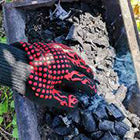 Safety
Safety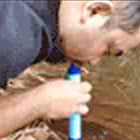 Survival
Survival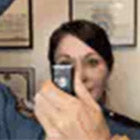 Protection
Protection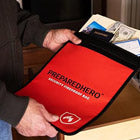 New
New
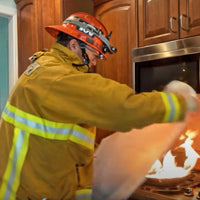 Fire
Fire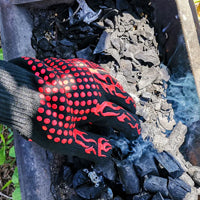 Safety
Safety Survival
Survival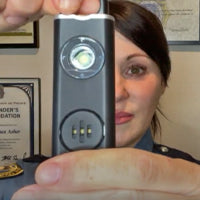 Protection
Protection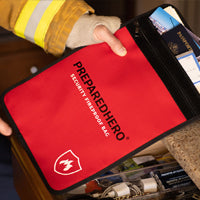 New
New